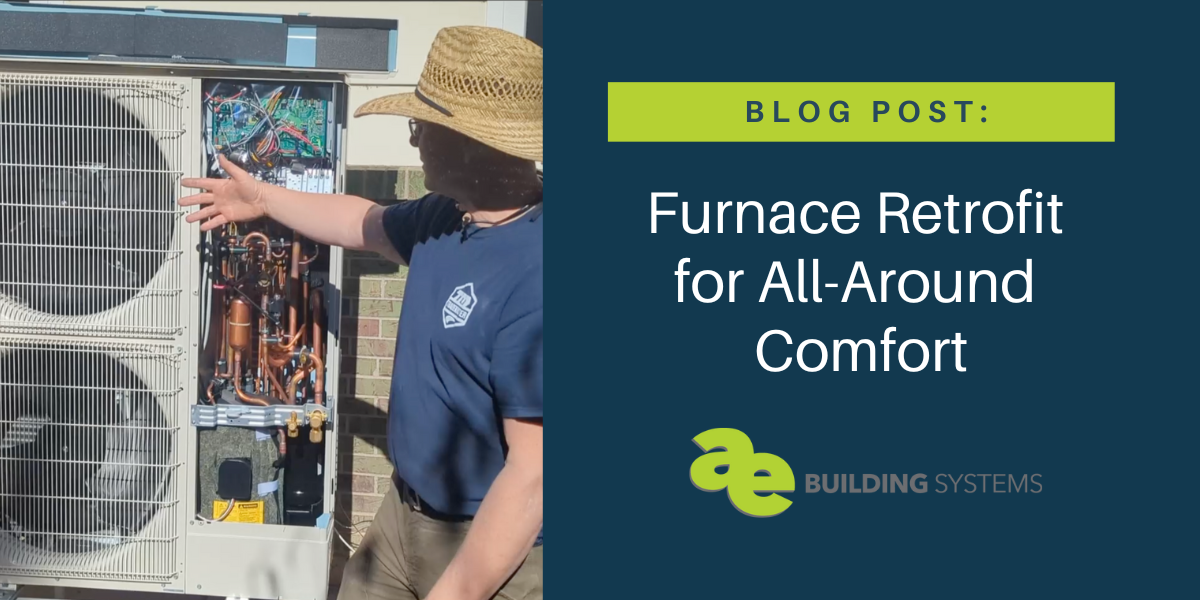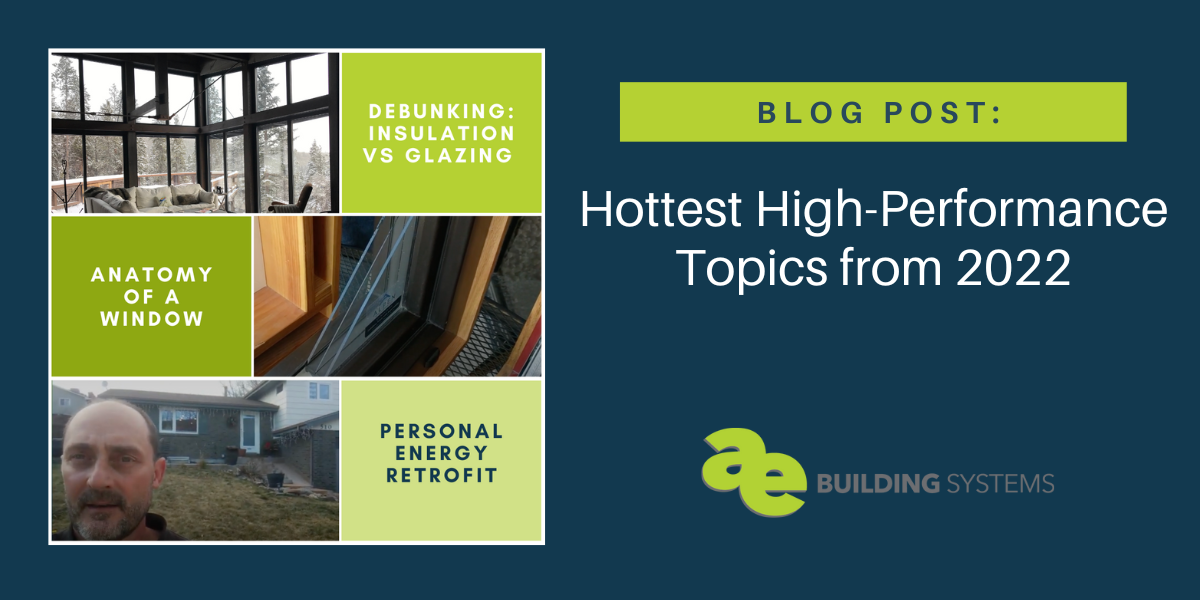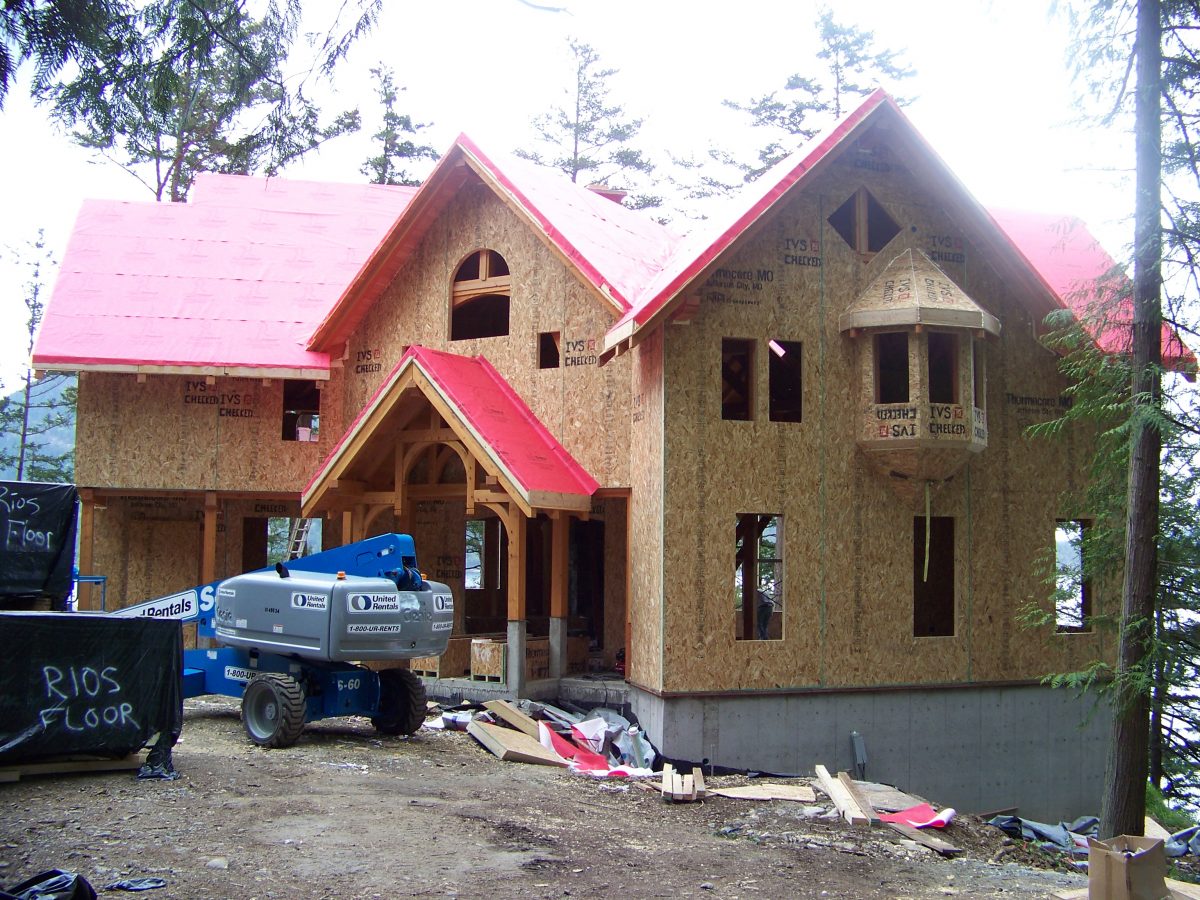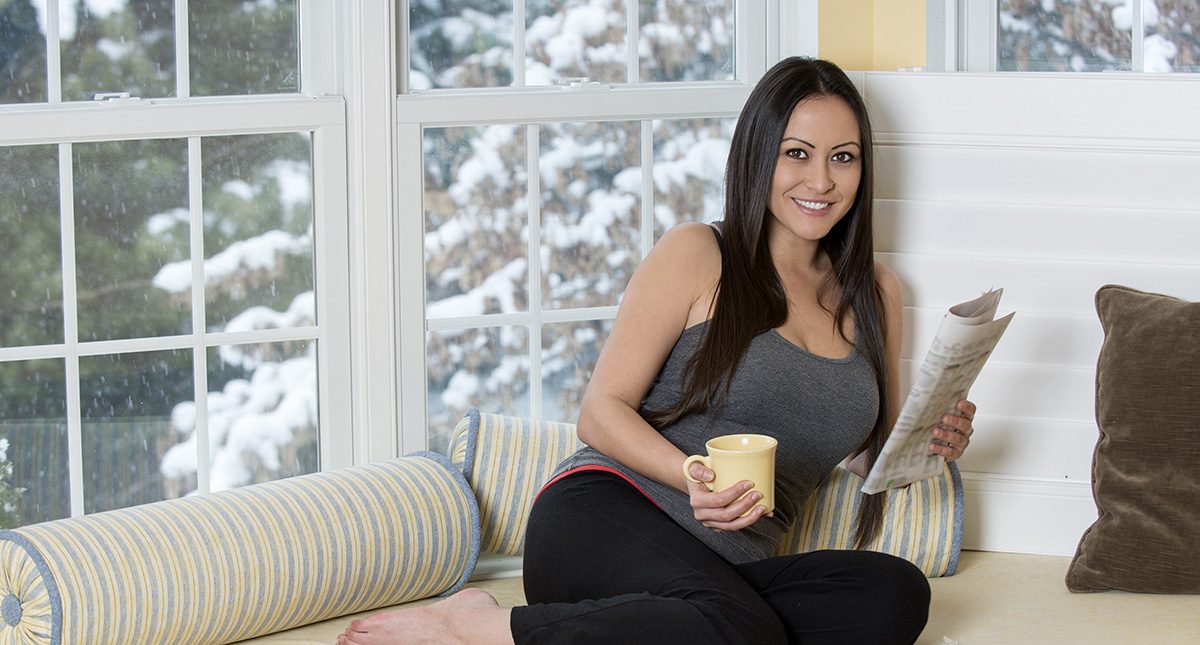Tag: energy efficient
-

Furnace Retrofit for All-Around Comfort
Furnace Retrofit for All-Around Comfort Welcome back to the Collins/Ruddy Residence, where our very own Todd Collins and his family have been overhauling their entire tri-level home! Some of us have the opportunity to build our dream home from scratch and give it all the sustainable features we want. But for most, we find ourselves…
-

Goodbye Gas Line: How the Collins-Ruddy Residence Reduced Their Reliance on Natural Gas
Join us today as we dive into another big update for the Collins-Ruddy residence. Todd Collins and his family have been on a multi-phased journey to retrofit their existing home in Golden, Colorado. They’re on a journey to become as close to net zero as possible, while still maintaining a comfortable environment to live in.…
-

Going Extinct: Saying Goodbye to Fossil Fuels and Hello to Net-Zero-Energy
Just like the dinosaurs, fossil fuels are going extinct in some communities! We’ve heard it mentioned for years, but many communities are starting to put policies in place to actually reduce the reliance on fossil fuels. Fossil fuel bans are showing up more and more in municipalities and communities around the United States and creating…
-

Energy-Minded Design: The Balance Between Form & Function
There are some pretty snazzy design ideas out there in the world. If you look at design contests, architectural school projects, or even just down your own street, you’ll probably see some very beautiful designs that simply don’t make a lot of practical sense. It comes back to the age-old question of form vs. function.…
-

Hottest High-Performance Topics from 2022
A quick reflection on high-performance principles discussed in 2022 As we wind down the year, the data nerds in us wanted to see which AE blog post topics resonated most in 2022. After reviewing our performance stats, here’s what we discovered and are now labeling “hottest high-performance topics from 2022.” Here’s what this tells us,…
-

Collins Residence Part II
Last month, we took you on a behind-the-scenes peek at the Collins-Ruddy project. This tri-level home was a retrofit from a 1970’s where energy-efficiency was clearly not in the original blueprint of the home. Todd and his family began a journey to improve the energy loss in their home, and incorporate Passive Haus techniques wherever…
-

What Are Construction Thermal Bridges in Buildings?
Do you have a random “cold spot” in your dining room or perhaps in an area where a sweater is always needed, no matter how high the thermostat is set? Thermal bridges may be at play. If you don’t work in or around construction, you may have never heard the term “thermal bridging”–but you’ve likely…
-

High Performance Walls and SIPs
When building an energy efficient home, High Performance wall assemblies are critical components, and can be grouped into a couple of categories: 1. Built on-site advanced wall assemblies and 2. Prefabricated walls, to include SIPs. Note that this blog post is largely dedicated to Polyurethane SIPs. ICFs, Insulated Concrete Forms, are a good option and…
-

High-Performance Windows
If eyes are the windows of the soul, then windows are the eyes of the energy-efficient home. Generally, windows are the weak link in the walls of a home. “I love putting plastic on my windows to keep cold air out and warm air in,” said no one ever. That is why considering the brand…
